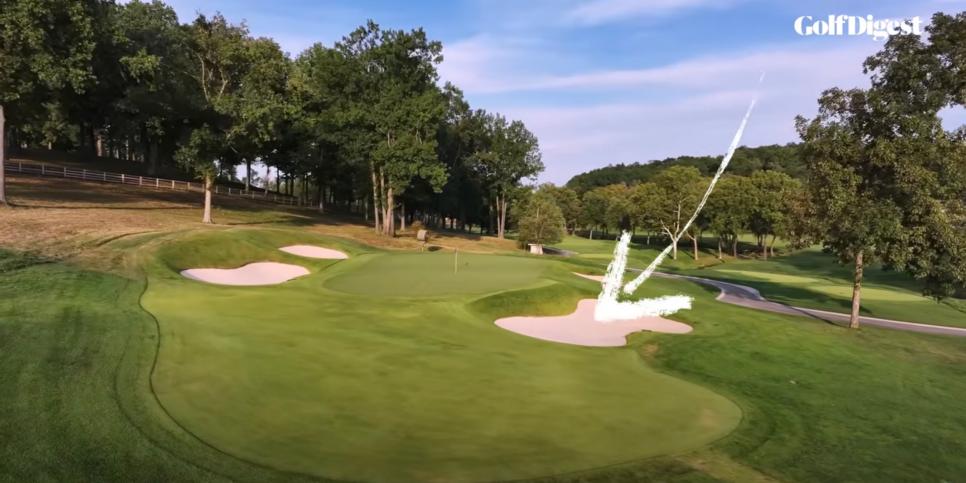Have you ever looked at a professional golfer before they hit a shot? Especially before an important shot?
There are times when it looks less like they’re playing a game, more like they’re cramming for an important test. They have papers and books. Levels (before they got banned) and compasses (before they banned those too). You may even ask yourself, “What are those guys looking at?”
Well, they’re looking at lots of different things. But above all else they’re looking at a number. One really important number, which makes every other number make sense.
It’s a number that helps make the bad shots look better, and the good shots look great. It masks their mistakes. The pros, they trust it above all else. And it’s a number that you should use too because it’s one of the easiest and quickest ways to strategise your way to better golf.
It’s called a Cover Number.
You can learn all about it right here:
How to use cover numbers
A cover number, quite simply, is the distance it takes to clear an obstacle short of the green.

That could mean a bunker, water, or some other obstacle you’re forced to carry. Often, these hazards are slightly off-centre, or off to the side of a green, so the number to the front of the green isn’t always the same as a cover number.
To understand how to use cover numbers like the pros, imagine you’re approaching a pin that’s 158 metres away, with a bunker short right.

The number to clear the bunker is 154 metres.
That means you need to pick a club that, on a pretty bad mis-hit, you know will carry 154 metres.
As you can see below, golf statistician Lou Stagner finds that 5-handicappers miss about 12 metres (13 yards) short or long of their intended target from this distance.
Dispersion from fairway.
Tour pro vs 5-handicap. pic.twitter.com/edY6OAWoxk
— Lou Stagner (Golf Stat Pro) (@LouStagner) October 17, 2023
What’s 154 (the cover number) plus 12 (your usual short-miss buffer you need to account for)?
It’s 166 metres, which means you need to hit your 166-metre club to this 158-metre pin. Do that, and it will leave your short misses clear of that bunker, your average shots with a birdie putt, and your long misses with a non short-sided putt or chip.

It’s a simple example, but one which poses a good question: are you hitting your 166 club from there? Probably not, which is why you keep coming up short and making bogeys or doubles.
There are lots of variations of this, but the more you understand cover numbers – and how to use it – the better golfer you’ll become.

